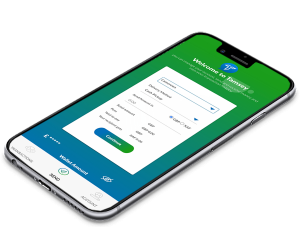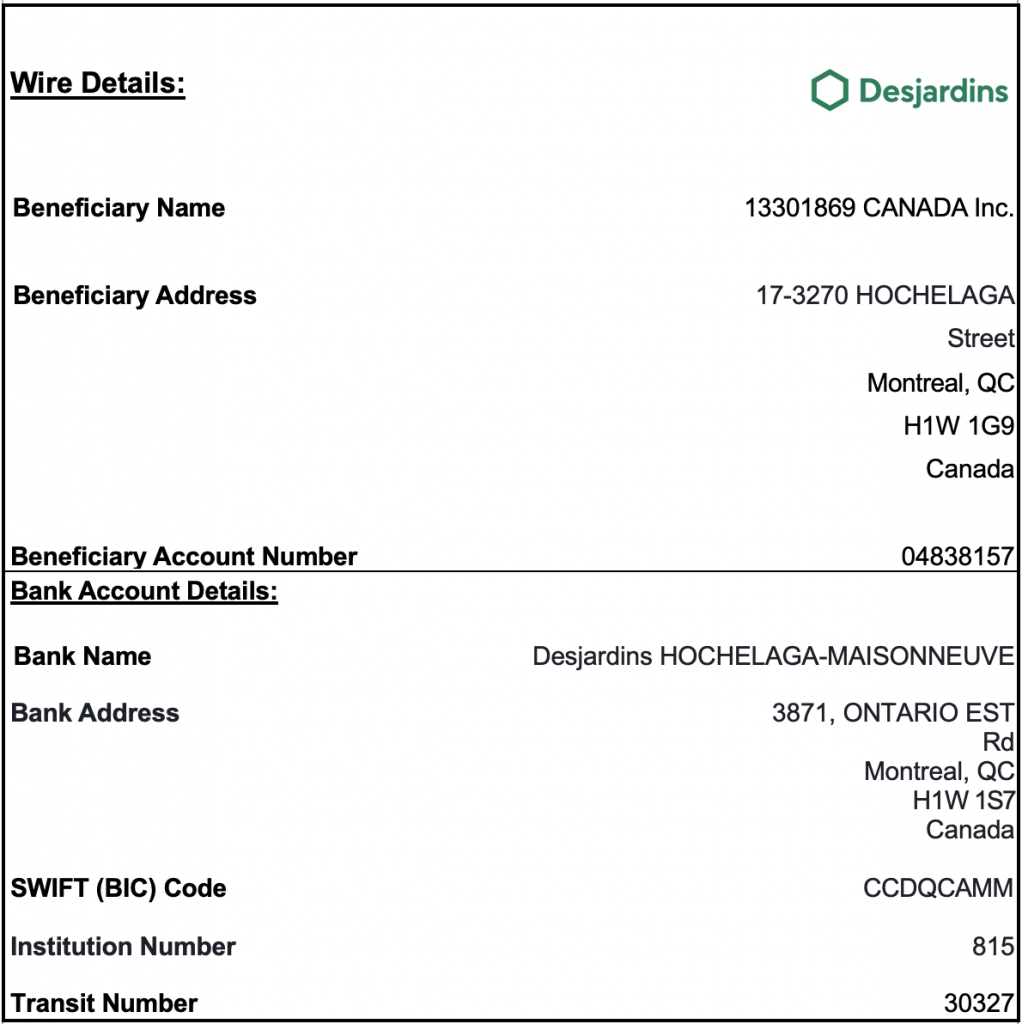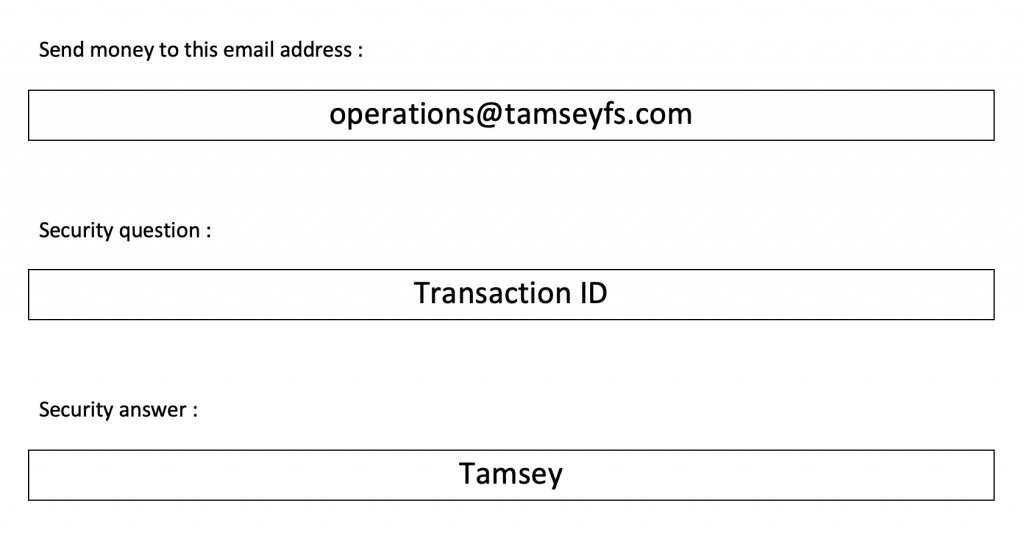In an era where the digital landscape is rapidly transforming the way we handle our finances, the security of our hard-earned money is of paramount importance. Whether you’re a seasoned investor or someone sending funds to a friend, understanding the safety measures in place for bank money transfers is crucial. In this deep dive, we’ll explore the intricate web of protective measures that financial institutions employ to keep your transactions secure and your peace of mind intact.
Encryption: The Fort Knox of Digital Transactions
Imagine your money traveling through a virtual tunnel guarded by an impenetrable force field. That’s essentially what encryption does for your bank transactions. Banks utilize state-of-the-art encryption algorithms to encode sensitive information, rendering it unreadable to anyone trying to intercept it. This cryptographic shield ensures that your financial data remains confidential and secure, thwarting potential cyber threats and safeguarding your funds from unauthorized access.
Two-Factor Authentication: Adding an Extra Layer of Security
You’ve likely encountered two-factor authentication (2FA) in various aspects of your digital life, and it plays a vital role in banking security as well. This additional layer requires you to verify your identity through a secondary method, typically a code sent to your mobile device. By incorporating 2FA into the money transfer process, banks significantly reduce the risk of unauthorized access, making it much harder for cybercriminals to breach your account.
Fraud Monitoring Systems: The Watchful Eyes of the Financial World
Ever felt a sense of relief when your bank contacts you about a suspicious transaction? That’s the result of sophisticated fraud monitoring systems working diligently in the background. These systems utilize advanced algorithms to analyze patterns, detect anomalies, and flag potentially fraudulent activities. If something seems awry, your bank can promptly intervene, preventing unauthorized transactions and ensuring the safety of your financial assets.
Secure Sockets Layer (SSL) Technology: Keeping Communication Confidential
When you access your bank’s website or mobile app, you’re entering a secure digital space fortified by SSL technology. SSL encrypts the communication between your device and the bank’s server, ensuring that the information exchanged remains confidential and tamper-proof. This is particularly crucial during the initiation and completion of money transfers, providing an extra layer of protection against potential threats.
Biometric Authentication: Your Unique Digital Signature
Welcome to the era of biometric authentication, where your fingerprint or facial features become your digital signature. Many banks now integrate biometric technology into their security protocols, allowing you to authenticate transactions with your unique physical attributes. This not only adds an extra layer of security but also simplifies the user experience, making money transfers more seamless and user-friendly.
Transaction Limits and Alerts: Putting You in Control
Banks empower you with tools to monitor and control your account activity. Setting transaction limits ensures that even if your account is compromised, the potential damage is mitigated. Additionally, customizable alerts notify you of any suspicious or large transactions, giving you the ability to act swiftly if something seems amiss. This level of control puts you in the driver’s seat, allowing you to actively participate in the safeguarding of your financial assets.
Regulatory Compliance: Upholding Standards for Security
Financial institutions operate within a framework of regulations and standards designed to ensure the security and integrity of the financial system. Compliance with these regulations, such as the Payment Card Industry Data Security Standard (PCI DSS) and Anti-Money Laundering (AML) laws, is non-negotiable for banks. By adhering to these standards, banks not only protect themselves from legal repercussions but also reinforce their commitment to the safety of their customers’ money.
Constant Innovation: Staying One Step Ahead
The digital landscape is ever-evolving, and so are the tactics employed by cybercriminals. Recognizing this, banks invest heavily in research and development to stay ahead of potential threats. Constantly updating their security infrastructure and adopting emerging technologies ensures that your money is protected by the latest and most robust security measures available.
In Conclusion: Navigating the Digital Financial Frontier Safely
As we navigate the digital financial frontier, it’s reassuring to know that banks are employing a comprehensive arsenal of security measures to protect our money transfers. From encryption to biometric authentication, these safeguards work together to create a formidable defense against potential threats. By understanding and appreciating these safety measures, we can engage in digital transactions with confidence, knowing that our financial assets are in capable hands. So, the next time you initiate a bank money transfer, rest easy – your peace of mind is securely encoded into every digital transaction.



